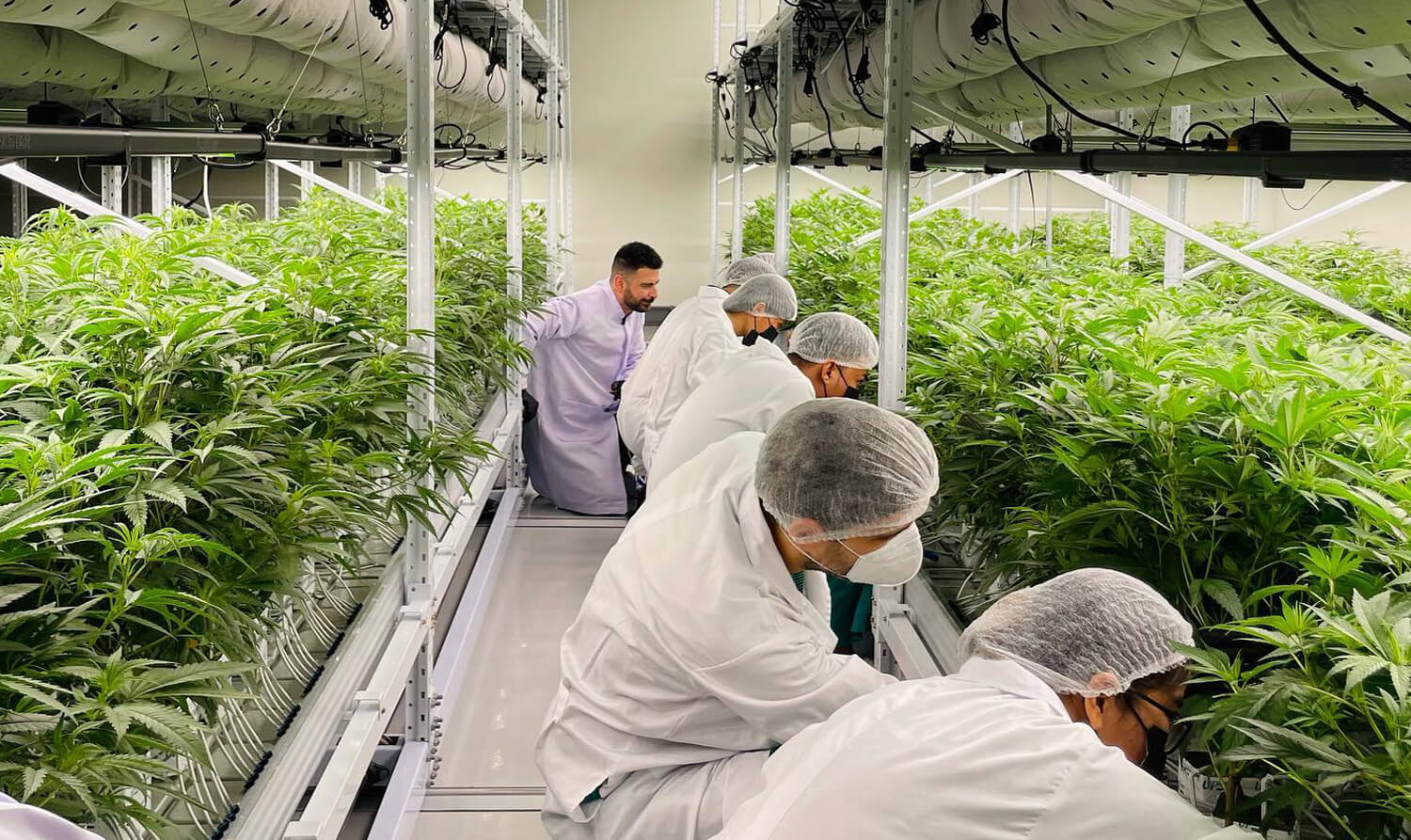What is Cannabis?
Cannabis, often known as marijuana, is a dioecious plant, meaning it has distinct male and female plants. It's a species renowned for its medicinal and psychoactive properties. The cannabis plant produces cannabinoids, the most notable being cannabidiolic acid (CBDA) and tetrahydrocannabinolic acid (THCA), which convert into CBD and THC, respectively. These compounds are central to the plant's therapeutic and psychoactive effects.
Commercial Cannabis Market Growth
The commercial cannabis market has seen remarkable growth in recent years. This surge is primarily due to the increasing legalization and acceptance of cannabis for both medical and recreational use worldwide. The market is expanding with new product forms like edibles, oils, and topicals, catering to a broader consumer base. Innovations in cultivation, extraction, and production techniques are also driving market growth.
Cannabis Cultivation Policies
Canada: In Canada, commercial cannabis cultivation requires compliance with the Cannabis Act. Growers must obtain a federal license, adhere to strict security measures, and follow guidelines for product testing, packaging, and labelling. Canada permits the use of specific pesticides under the Pest Control Products Act.
USA: In the United States, cannabis legalization varies by state. Federal law still classifies cannabis as a Schedule I drug, but many states have legalized it for medical or recreational use. Each state has its own licensing process, and growers must comply with state-specific regulations regarding cultivation practices, including pesticide use.
Thailand: Thailand recently legalized medical cannabis, becoming the first Southeast Asian country to do so. Cultivators must obtain licenses from the Thai Food and Drug Administration and adhere to guidelines similar to pharmaceutical products. The specifics of pesticide use and cultivation practices are still evolving as the legal framework develops.
Cannabis Species and Strains
Cannabis sativa L. is commonly recognized as the primary species, though some classify cannabis into three species — C. sativa, C. indica, and C. ruderalis — based on genetics and physical traits. Indica plants typically grow short with thick stems and broad leaves and have shorter flowering cycles. Sativa plants are known for their longer flowering cycles and taller stature with narrow leaves.
Parts of Cannabis Used in Medicine
The female cannabis plant is particularly significant for medicinal and recreational use due to its higher concentration of cannabinoids and terpenes. The key parts include:
1. Colas: These are the flowers produced by female cannabis plants. Colas, rich in cannabinoids and terpenes, are also known as buds or nugs.
2. Trichomes: These are the glandular appendages on the surface of the cannabis flower that produce and store cannabinoids and terpenes.
3. Bracts: Small, leaf-like structures that encapsulate the seeds, they are a significant source of cannabinoids.
How Cannabis Works Medically
Cannabis works medically primarily through its cannabinoids, which interact with the body's endocannabinoid system. This system plays a role in regulating various bodily functions, including pain, mood, appetite, and memory. The two well-known cannabinoids, THC and CBD, interact with different receptors in this system, producing various effects. THC is known for its psychoactive effects, while CBD is non-psychoactive and is often used for its potential therapeutic benefits, such as pain relief and anti-inflammatory properties.
Conclusion
Understanding the basics of cannabis cultivation is just the beginning. As the commercial cannabis market continues to grow, staying informed about the evolving legal and regulatory landscape is crucial for cultivators. From Canada's comprehensive federal regulations to the emerging market in Thailand, the global cannabis industry offers diverse and dynamic opportunities for growth and innovation.







